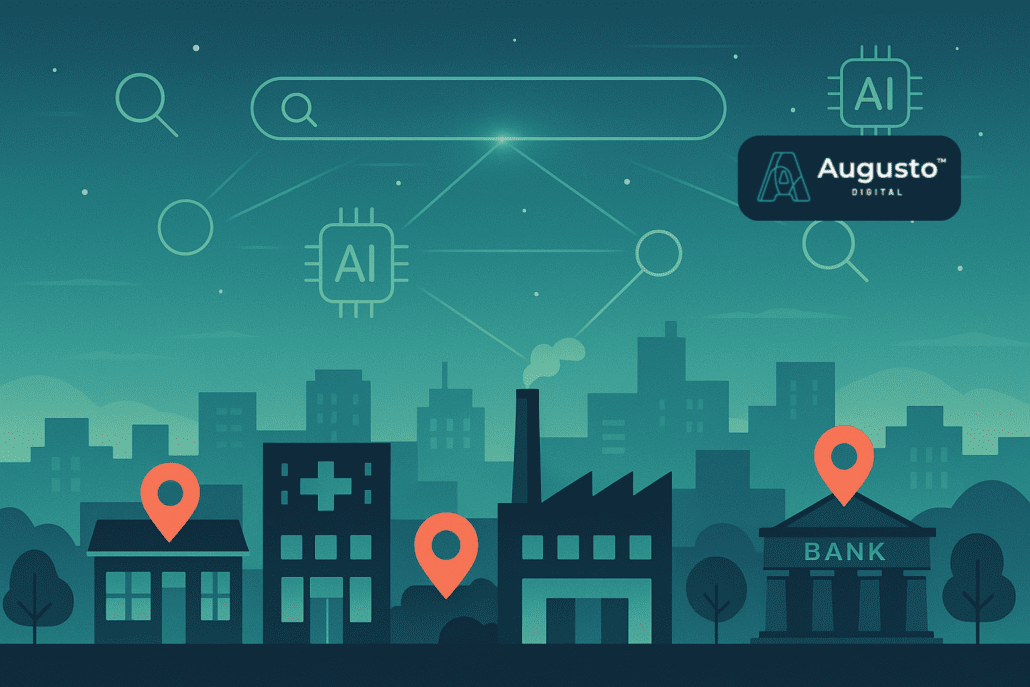Artificial intelligence (AI) continues to reshape how data is managed, analyzed, and utilized across industries. In healthcare, where applications handle sensitive patient information and critical workflows, the evolution of AI holds transformative potential. Experienced engineers and developers are finding themselves not just adapting but actively redefining their workflows to harness the power of AI-driven data management.
From Reactive to Proactive Data Management
Traditionally, data management has been a largely reactive process. Data governance, backup schedules, and compliance audits have been in response to predefined triggers or events. As AI plays a larger role, it will drive a shift toward proactive data management. Machine learning (ML) algorithms will predict potential data bottlenecks, optimize storage configurations, and flag compliance risks before they manifest.
Consider an EHR system integrated with AI. By continuously analyzing data access patterns, it can predict surges in demand, such as during seasonal flu outbreaks, and allocate resources accordingly. For developers, this means designing systems with predictive APIs and embedding ML models directly into workflows—a departure from the traditional reactive approach.
Key actions for developers:
-
Implement predictive APIs to forecast and address data bottlenecks.
-
Integrate AI-powered tools to proactively manage storage and resource allocation.
-
Ensure workflows accommodate real-time AI interventions.
Automating Compliance and Governance
In healthcare, where compliance with HIPAA and other regulations is paramount, AI’s ability to automate governance processes is a game-changer. Natural language processing (NLP) models analyze policy documents and map them to data management systems in real-time. Compliance audits—previously labor-intensive and prone to human error—have become automated, continuous processes.
According to a 2024 Gartner report, AI-driven compliance tools reduce audit times by up to 40%, saving organizations significant time and resources. For developers, this translates to building systems that integrate AI-powered compliance monitoring tools. These systems need robust APIs to interact with legal frameworks, extract actionable insights and alert stakeholders of potential violations. The challenge lies in ensuring these integrations are scalable and secure, particularly when dealing with sensitive healthcare data.
Tips for implementation:
-
Use NLP models to automate policy document analysis.
-
Develop systems that generate real-time compliance alerts.
-
Design secure, scalable APIs for continuous compliance monitoring.
Data Cleaning and Normalization
Dirty or unstructured data has long been a thorn in the side of data engineers. In 2025, AI plays a pivotal role in cleaning, normalizing, and structuring data, making it more usable for analytics and application workflows. Deep learning models not only identify inconsistencies but also infer corrections based on contextual understanding.
For instance, a hospital’s patient intake system may generate inconsistent date formats or incomplete demographic information. An AI model can autonomously standardize these entries, flagging anomalies for human review only when necessary. This level of automation reduces the time developers spend on ETL (extract, transform, load) processes, freeing them to focus on high-value tasks like system optimization and feature development.
Quick wins for developers:
-
Incorporate AI-driven tools for automated data cleaning and normalization.
-
Build mechanisms for human oversight of flagged anomalies.
-
Reduce manual intervention in ETL processes by leveraging AI.
Federated Learning for Data Privacy
One of the most promising developments in AI-driven data management is federated learning. This technique enables AI models to be trained on decentralized data while keeping sensitive information localized. For healthcare applications, where privacy is non-negotiable, federated learning ensures compliance without sacrificing the quality of insights.
Developers need to architect systems that support federated learning by design. This involves implementing secure communication protocols, encryption mechanisms, and model update strategies that maintain data privacy.
Key design considerations:
-
Implement encryption protocols for secure federated learning.
-
Develop models that adapt to decentralized training environments.
-
Monitor and manage updates to distributed AI systems.
Adaptive Security Measures
Cybersecurity threats remain a persistent concern in healthcare, where data breaches can have dire consequences. AI’s role in enhancing security has become even more pronounced in 2025. Behavioral analytics powered by AI detect anomalies in data access patterns, identifying potential threats in real-time. For instance, if an AI model detects unusual login attempts or irregular data exports, it can autonomously trigger security protocols.
Developers must prioritize embedding adaptive security measures into their applications. This includes integrating anomaly detection algorithms, multi-factor authentication, and role-based access controls. The emphasis is on creating systems that not only react to threats but also learn from them to prevent future occurrences.
To fortify your systems:
-
Use AI-powered anomaly detection to identify and mitigate risks.
-
Implement multi-factor authentication to enhance login security.
-
Develop self-learning security systems that evolve with emerging threats.
Real-Time Analytics and Decision Support
As healthcare systems grow more complex, the demand for real-time analytics and decision support continues to rise. In 2025, AI-driven data management enables applications to deliver actionable insights instantaneously. Advanced ML models process large datasets in real-time, providing healthcare professionals with timely information to improve patient outcomes.
For example, a clinical decision support system (CDSS) powered by AI analyzes a patient’s medical history, lab results, and current symptoms to suggest diagnostic tests or treatment options. Developers need to ensure these systems are optimized for real-time data ingestion and processing, leveraging technologies like stream processing frameworks and in-memory databases. Recent case studies indicate that real-time AI analytics have shortened diagnostic times by 20% in major healthcare institutions.
Best practices for developers:
-
Leverage stream processing frameworks to handle real-time data ingestion.
-
Optimize ML models for fast, efficient data analysis.
-
Design CDSS systems that integrate seamlessly with healthcare workflows.
Ethical Considerations and Bias Mitigation
As AI takes on a greater role in data management, ethical considerations around bias and fairness are increasingly critical. In healthcare, biased algorithms can lead to disparities in care. AI models used in data management include mechanisms for bias detection and mitigation, ensuring equitable outcomes.
Developers have a critical role to play here. Building systems that audit AI models for bias, incorporating diverse training datasets, and ensuring transparency in algorithmic decision-making are essential. Tools like Explainable AI (XAI) have become standard in the developer’s toolkit, enabling stakeholders to understand and trust AI-driven decisions.
Actionable steps for engineers:
-
Integrate XAI tools to improve transparency and trust.
-
Regularly audit AI models for potential biases.
-
Use diverse, representative datasets for training AI algorithms.
Empowering Cross-Functional Collaboration
AI’s ability to bridge data silos empowers cross-functional collaboration within healthcare organizations. By integrating data from disparate systems—EHRs, lab information systems, and imaging archives—AI creates unified views that enhance decision-making.
For engineers, this means designing systems with interoperability in mind. Leveraging standards like FHIR (Fast Healthcare Interoperability Resources) and HL7, developers can ensure seamless data exchange across platforms. AI further enhances this interoperability by identifying and resolving data conflicts in real-time.
Key interoperability strategies:
-
Use standards like FHIR and HL7 for seamless data exchange.
-
Develop AI-driven tools to resolve data conflicts automatically.
-
Create dashboards that unify data from multiple systems.
Preparing for the Future
As we progress through 2025, the integration of AI into data management is not just inevitable—it’s transformative. Experienced engineers and developers need to adapt their skill sets, embracing AI technologies to build systems that are proactive, secure, and scalable.
Key areas of focus include:
-
AI-Driven APIs: Developing APIs that seamlessly integrate AI capabilities into existing workflows.
-
Ethical AI Design: Building systems that prioritize fairness, transparency, and bias mitigation.
-
Federated Learning Implementation: Leveraging decentralized data to train AI models while preserving privacy.
-
Real-Time Processing: Optimizing systems for instantaneous data analytics and decision support.
-
Adaptive Security: Embedding AI-driven security measures that evolve with emerging threats.
By staying ahead of these trends, developers can position themselves as leaders in the next wave of data management innovation. The era of AI-powered healthcare applications promises not only improved efficiencies but also better outcomes for patients and providers alike.
Let's work together.
Partner with Augusto to streamline your digital operations, improve scalability, and enhance user experience. Whether you're facing infrastructure challenges or looking to elevate your digital strategy, our team is ready to help.
Schedule a Consult

